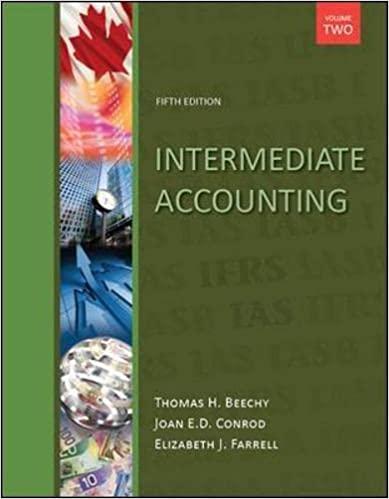Question
Trying to solve a milestone. Actual Costs and Revenue Data Appendix At the end of the first month of opening your business, you calculate the
Trying to solve a milestone.
Actual Costs and Revenue Data Appendix
At the end of the first month of opening your business, you calculate the actual operating costs of the business and the income you earned. You also notice and document the difference in what you budgeted for certain materials and labor against the actual amounts you spent on the same.
For your statement of cost of goods sold, use the following data regarding the actual costs incurred by the business over the past month:
Materials purchased: $20,000
oConsumed 80% of the purchased materials
Direct labor: $8,493.33
Overhead costs: $3,765
Note: Assume that the beginning materials and ending work in process are zero for the month.
Use the following revenue and cost information for the income statement. Note that the revenue you use will depend on the pricing level options you chose in Milestone Two. Also, assume that after accounting for weekends and other holidays, there were 20 business days in the first month of operation.For example, if you chose a sales price of $20 per collar, the actual number of collars sold in the month was 33 per day or 33 x 20 = 660 per month.
Established Sales Price
Collars -Number of Items Sold per Day
$20 33
$24 28
$28 23
Leashes
$22 28
$26 23
$30 18
Harnesses
$25 25
$30 22
$35 20
The other costs incurred by the business include:
General and administrative salaries
oReceptionist: $1,950
oOwner salary: $500
Depreciation: $165
Rent: $750
Utilities and insurance: $600
Scissors, thread, and cording: $1,200
Loan repayment: $550
Variance
At the end of the month, you find that the labor and materials spent on manufacturing collars was different from what you estimated:
The collar maker had to work nine hours a day instead of eight due to an increased demand for collars.
Because of the increased demand, the hourly rate you paid your employee for making the collars increased to $16.50.
An increase in the cost of raw material led the direct material cost per collar to increase to $10.
However, you also made and sold 60 more collars than you expected to sell in the month.
You now need to determine the variance in the materials and labor cost from what you estimated in Milestone Two based on the market research data.
Milestone 2 Data:
Contribution Margin Analysis
COLLARS LEASHES HARNESSES Sales Price per Unit $28.00 $30.00 $35.00 Variable Cost per Unit(9.10) (12.10) (14.50)
Contribution Margin $18.90 $17.90 $20.40
Break-even analysis: Collars Leashes
Sales Price $28.00 $30.00
Fixed Costs $(9) $(21)
Contribution Margin $18.90 $17.90
Break-Even Units (round up) $214 $226
Target profit $300 $400
Break-Even Units (round up) 214 226
Target Profit $500 $600
Break-even Units (round up) 214 226
Specifically, you must address the following rubric criteria:
- Statement of Cost of Goods Sold: Prepare the statement of cost of goods sold in the "COGS" tab of the workbook. Remember to show your work using calculations to the side of the table or using appropriate formulas in the table.
- Income Statement: Use the given revenue data to prepare the "Income Statement" tab table and calculate the net income. Remember to show your work using calculations to the side of the table or using appropriate formulas in the table.
- Variance Analysis: Prepare the data in the "Variances" tab to determine whether the variances are favorable or unfavorable. Remember to show your work using calculations to the side of the table or using appropriate formulas in the table.
- Complete thedata tablefor the variances by entering the budgeted (standard) and actual labor and material values. Remember to use the estimates for expected sales from your Milestone Two assignment.
- Determine thevariancesfor direct labor and direct materials in the "Variances" tab.
- Evaluate thesignificance of the variancesin the "Variances" tab, and mark them as favorable or unfavorable.
Step by Step Solution
There are 3 Steps involved in it
Step: 1

Get Instant Access to Expert-Tailored Solutions
See step-by-step solutions with expert insights and AI powered tools for academic success
Step: 2

Step: 3

Ace Your Homework with AI
Get the answers you need in no time with our AI-driven, step-by-step assistance
Get Started


